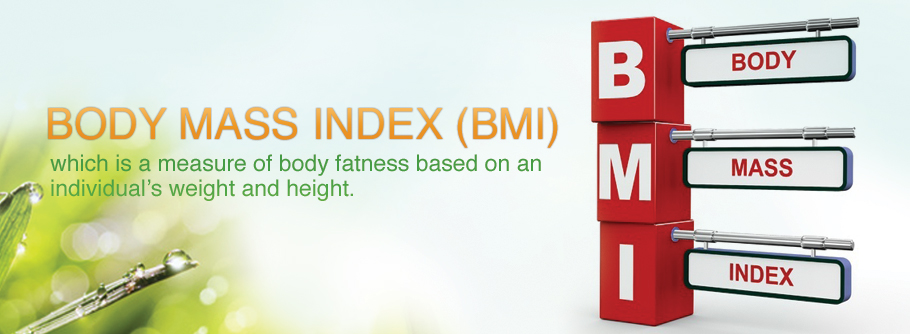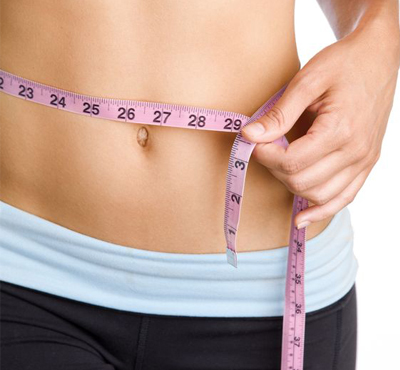
Healthy & Beauty Tips
HEALTH TIPS
Weight Management: Body Mass Index (BMI)
What is the BMI?
Due to risks associated with excess body fat, it is important to identify when health problems are most likely to occur. One indicator is the BMI, which is a measure of body fatness based on an individual’s weight and height. It is calculated by dividing your weight (in kilograms) by your height (in metres squared).

Example (if weight is 75kg, height is 1.78m)
BMI = 75kg / [1.78m x 1.78m] = 23.67kg/m2 (Category: normal weight; Asian cut off: overweight)
| Table 1: Nutritional status based on the WHO and "Asian criteria" values | ||
|---|---|---|
| Nutritional Status | WHO criteria BMI cut-off |
"Asian criteria" BMI cut-off |
| Underweight | <18.5 | <18.5 |
| Normal | 18.5 - 24.9 | 18.5 - 22.9 |
| Overweight | 25 - 29.9 | 23 - 24.9 |
| Pre-Obese | - | 25 - 29.9 |
| Obese | ≥30 | ≥30 |
| Obese Type 1 (obese) | 30 - 40 | 30 - 40 |
| Obese Type 2 (morbid obese) | 40.1 - 50 | 40.1 - 50 |
| Obese Type 3 (super obese) | >50 | >50 |
The BMI is a well-established measure of health and weight because it is cheap and easy to calculate, and is often used for large groups in scientific research and data analysis. However, there are few limitations by using BMI:
-
Not applicable for pregnant woman
-
Not suitable for male that have high muscle mass or body builder
-
Not suitable for those who have height issue especially elderly
-
It does not take into account of the body fat distribution
Practical tips to measure your health
BMI fails to identify where your excess weight is located, yet this is important for men. A man who has a muscular upper body with a slim waist could have the same BMI as a man with flabby arms and a big gut. However, these two hypothetical men can have very different health profiles. Fat stored around the abdomen (where men typically store excess body fat) is thought to be associated with a higher risk of illness and disease compared to fat stored around the hips and thighs (which is more common in women).
Measure your abdominal girth
A far more reliable and accurate measure of your health and level of body fat is your abdominal girth. According to the Measure Up Program (www.measureup.gov.au) run by the federal Government, a man’s waist (at the navel) is best below 94 centimetres. A measurement above 94 centimetres is associated with an increased risk of chronic illness.
How to measure your waist circumference
Place the measuring tap around your waist, position 1 finger above navel

Waist measurement guideline:
Men < 94cm
Women < 80cm
There are also other measures of your health and level of body fat that may not be so scientific, but can be very important, such as:
-
How you feel
-
How your clothes fit
-
Your belt size
-
Your energy levels
-
Your level of alertness and ability to concentrate
-
How well you manage stress
-
How you sleep
-
How comfortably is your breathing during exertion and exercise
For more information on products that are beneficial for weight management, please click on this link - http://www.blackmores.com.my/product-assistant-result?query=weight-management&segment=products&filter=category
This health article is specially brought to you by our qualified naturopaths at Blackmores Malaysia.



